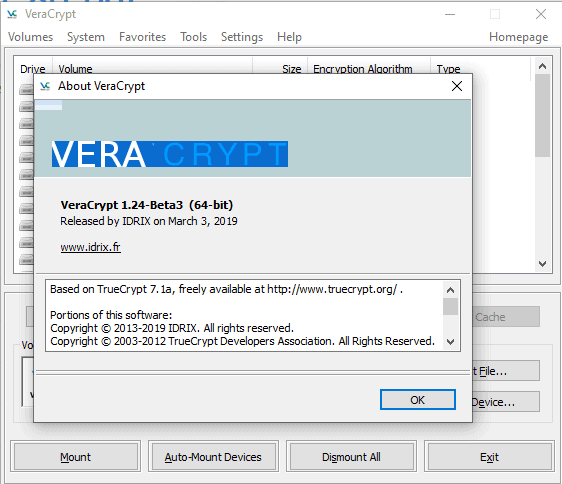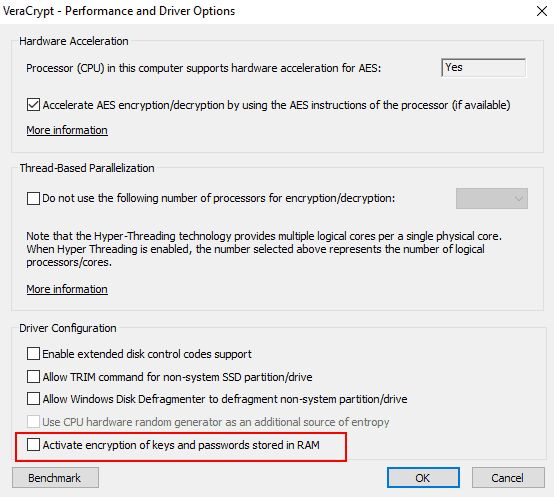

How to use veracrypt recue how to#
This article will show you how to encrypt and hide an encrypted hard drive partition from prying eyes. The program allows you to encrypt an entire hard drive partition or an entire external drive (for example, a USB drive or flash drive). With CyberSafe, you can encrypt more than just individual files.
How to use veracrypt recue install#
If you did not install PIM during setup, then just press Enter. So you will need an empty CD.Īfter you have encrypted your drive, you will need to specify PIM (Personal Iterations Multiplier) after the password during the initial boot. Warning: VeraCrypt creates a rescue disk in case you forget your password. To encrypt the entire hard drive along with the Windows partition, select "Encrypt the whole drive" and then follow the step-by-step setup instructions.

To encrypt a system partition or an entire hard drive using TrueCrypt's successor VeraCrypt, select "Create Volume" from the VeraCrypt main menu, and then "Encrypt the system partition or entire system drive". After clicking on "Apply" and "OK", you can use BitLocker as described above. Check the box next to "Enable" and check the box next to "Allow BitLocker without a compatible TPM" below. Then, in the middle column, click on the Change policy setting link. Now open in the left column of the editor "Computer Configuration | Administrative Templates | Windows Components | BitLocker Drive Encryption | Operating system disks" and in the right column check the entry "Require additional authentication at startup". In the Windows search bar, type "Edit Group Policy" and open the "Local Group Policy Editor" section. If your computer does not have a TPM (Trusted Platform Module) chip, you may need to make some settings to enable BitLocker.

Using BitLocker without a TPMSetting up BitLocker.īitLocker also works without a TPM chip - although this requires some tweaking in the Local Group Policy Editor. You will need it if you forget your password or lose your flash drive. Regardless of the option you choose, during the setup process you will need to save or print the recovery key. Now you can choose whether you want to use a USB flash drive or a password when unlocking an encrypted drive. In the next window, you can enable encryption by clicking on "Turn on BitLocker" next to the hard drive symbol (if an error message appears, read the "Using BitLocker without a TPM" section). Launch the encryption tool in Windows by typing "BitLocker" in the search bar and selecting "Manage BitLocker".


 0 kommentar(er)
0 kommentar(er)
